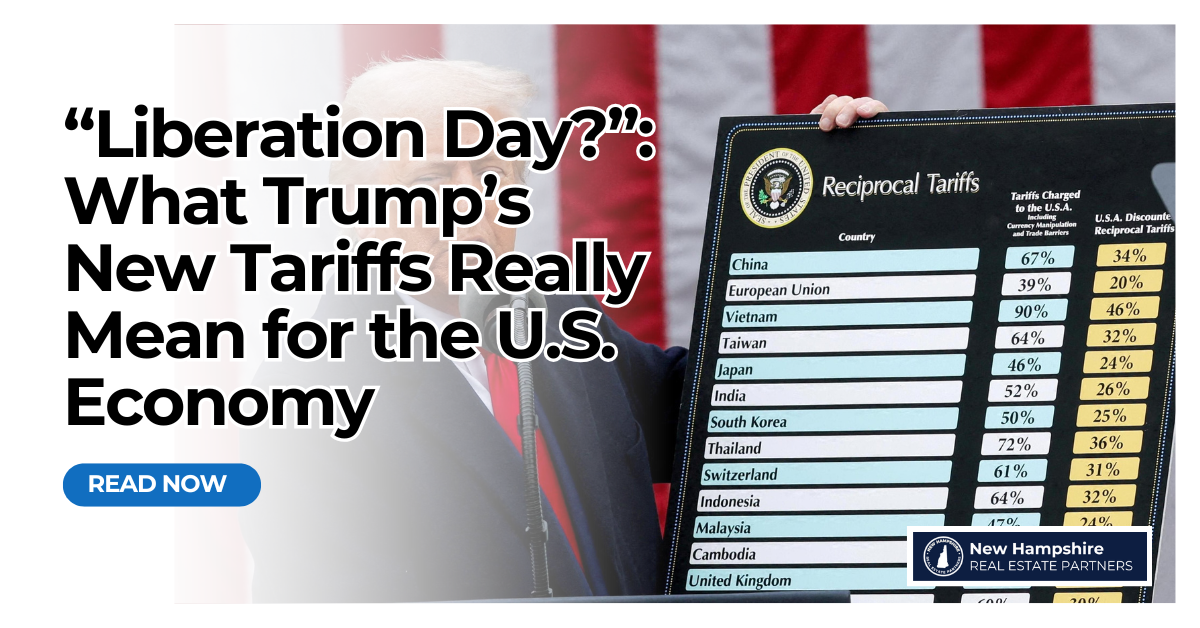In a move that caught nearly everyone off guard, President Donald Trump has announced a 90-day pause on the new round of “reciprocal” tariffs—with one major exception: China.
If you’ve been following the headlines, you know the administration recently rolled out significant trade tariffs aimed at more than 60 countries, prompting immediate concern from importers, business owners, and economists. However, just days later, Trump is pressing pause—at least for now.
So, What Just Happened?
Starting immediately, the U.S. will roll back the heightened reciprocal tariffs implemented this week, reverting them to a flat 10% across most countries. However, China is not off the hook. In fact, tariffs on Chinese imports have been increased again—from 104% to an astonishing 125%.
Trump announced the hike after China disclosed that it would impose retaliatory tariffs of 84% on U.S. goods. The President cited China’s disregard for the global economy and indicated that the U.S. would continue to take a hard line unless a deal is reached.
“China will realize that the days of taking advantage of the USA are no longer sustainable or acceptable,” Trump posted on social media.
What About Our Neighbors?
Mexico and Canada are mostly spared from the universal 10% tariff—as long as their exports meet the standards of the US-Mexico-Canada Agreement (USMCA). But certain sector-specific tariffs remain intact. That means products like steel, aluminum, and autos will continue to face higher levies unless otherwise exempted.
Markets Loved the Pause
The announcement triggered a huge rally on Wall Street. The Dow jumped nearly 3,000 points—its biggest day in five years. The S&P 500 had its best performance since 2008, rising 9.5%, and the Nasdaq posted its second-best day ever, shooting up over 12%.
Even Trump Media & Technology Group, trading under the ticker “DJT,” saw a 20% gain after Trump posted, “THIS IS A GREAT TIME TO BUY.”
Inside the Decision
According to Treasury Secretary Scott Bessent, this pause was always part of the plan. He and Commerce Secretary Howard Lutnick reportedly sat with Trump as he drafted the post announcing the change. Meanwhile, U.S. Trade Representative Jamieson Greer testified that he hadn’t been informed ahead of time—highlighting just how quickly this decision came together.
The White House’s message was clear: countries that avoid retaliation will be rewarded. Trump will now take a more personal role in negotiating future deals with individual nations.
China Isn’t Backing Down
Despite the pressure, China is signaling it’s ready for a long fight. Officials there described the new tariffs as “a mistake upon mistake,” warning they will defend their economy “to the end.” And unlike during the 2018–2019 trade war, China has now reduced its dependency on U.S. imports like soybeans, making them potentially more resilient this time around.
Is This the Recession Lifeline?
Economists aren’t celebrating just yet. Even with the pause, concerns remain. Before the announcement, analysts at Goldman Sachs had predicted a recession as their base case. Now, they’ve slightly lowered those odds to a 45% chance over the next 12 months.
Joe Brusuelas, Chief Economist at RSM, put it this way: “This move is a relief valve, but the pressure hasn’t gone away.”
Final Thoughts
This 90-day pause could offer some breathing room for American businesses and international partners, but it’s unlikely to be the final chapter. With tariffs on key sectors like steel, autos, and pharmaceuticals still enforced—and China facing even harsher penalties—the global trade landscape remains as complex as ever.
For now, it’s a wait-and-see game. Talks with countries such as Vietnam are already underway, and if Trump’s tone is any indication, negotiations will be fast-moving and unpredictable.




